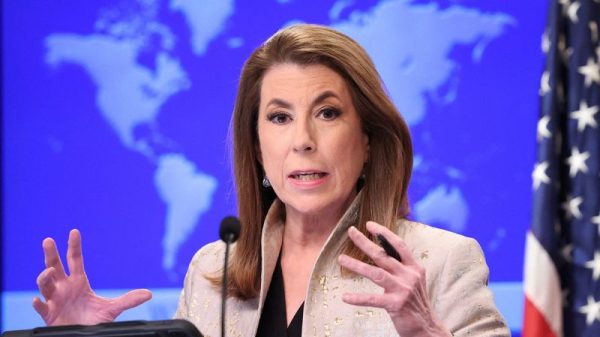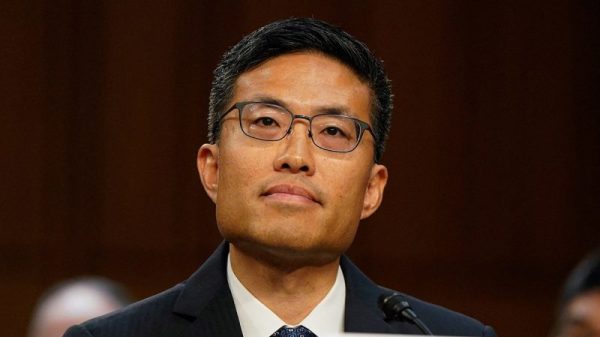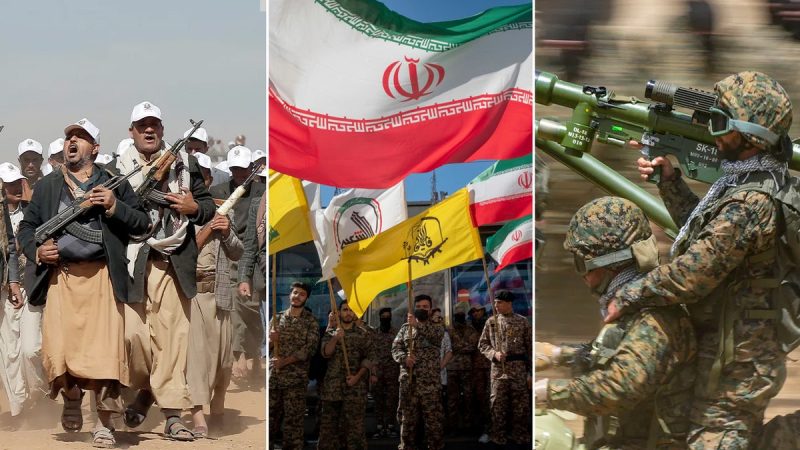In a recent development that has caught the attention of global stakeholders, the United States deployed bombers to strike weapons facilities controlled by Houthi forces in Yemen. This strategic move signifies a crucial escalation in the ongoing conflict in the region, with implications that extend beyond the borders of Yemen. The targeted strike was a bold assertion of military power by the United States, aimed at disrupting the capabilities of the Houthi rebels and safeguarding regional stability.
The decision to target weapons facilities controlled by the Houthi forces underscores the United States’ commitment to curtailing the destabilizing influence of the rebel group in Yemen. The Houthis, who are backed by Iran, have been a key player in the protracted conflict in Yemen, posing a threat not only to the security of the Yemeni government but also to the broader interests of regional powers. By targeting the weapons facilities, the United States aimed to degrade the Houthi forces’ capacity to wage war and project power in the region.
The deployment of bombers to strike the weapons facilities in Yemen also carries broader implications for the geopolitics of the Middle East. The United States’ direct military intervention in Yemen sends a clear message to Iran, a key supporter of the Houthi rebels, that its destabilizing activities in the region will not be tolerated. The strike serves as a reminder of America’s military might and its willingness to use force to protect its interests and those of its allies in the region.
Furthermore, the targeted strike on weapons facilities in Yemen highlights the evolving nature of modern warfare and the increasing reliance on precision strikes to achieve military objectives. By deploying bombers to target specific facilities, the United States demonstrated its ability to conduct surgical military operations that minimize collateral damage while maximizing the impact on the enemy’s capabilities. This shift towards precision strike capabilities reflects a broader trend in contemporary military doctrine, where advanced technology and intelligence gathering are leveraged to achieve strategic objectives with minimal risk.
As the situation in Yemen continues to evolve, the United States’ decision to strike weapons facilities controlled by the Houthi forces underscores the complexity of the conflict and the competing interests at play. While the targeted strike was carried out with the aim of degrading the Houthi forces’ capabilities, the broader implications of the intervention are likely to reverberate across the region. The United States’ show of force in Yemen serves as a stark reminder of its commitment to maintaining regional stability and countering threats to its national security interests.


































